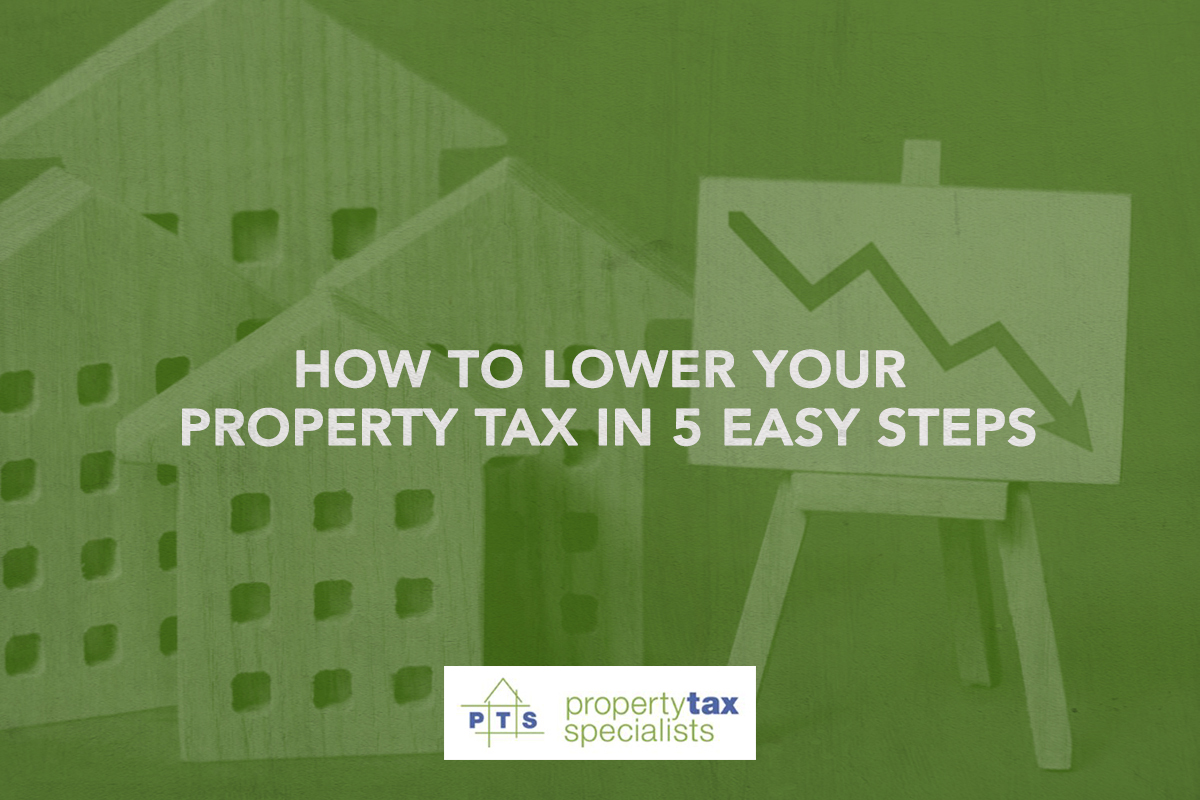5 Easy Steps: How to Pay Less Property Tax in Australia
Owning property in Australia can be both a lucrative investment and a significant financial responsibility, especially regarding taxes. But what if there were legitimate ways to navigate the system and reduce the amount you owe?
Whether you’re a seasoned property investor or a first-time investor, understanding the intricacies of property taxes can make a world of difference to your bottom line.
In this comprehensive guide, we’ll introduce you to strategies that could save you thousands of dollars.
Understanding the Basics of Property Taxation
In Australia, property investors must pay taxes on their investment properties. Typically, two main types of income are generated from an investment property: rental income and capital gains.
Both are subject to income tax, but various deductions and strategies can help lower the tax you pay on these incomes.
Strategies To Help You Potentially Lower Your Taxable Income
While everyone’s financial situation is unique, the following strategies offer general advice that may help reduce your tax liability.
Negative Gearing
Negative gearing is a popular strategy used by property investors to reduce their taxable income. Simply put, if the cost of owning your property (including interest on the loan, maintenance costs, and depreciation) exceeds your rental income, you’ve negatively geared your property. This net loss can be deducted from your taxable income, reducing your overall tax liability.
So, how does this help you pay less property tax in Australia?
Let’s say you earn $100,000 a year from your job, and your investment property makes a net loss of $10,000. In this case, you’d only pay tax on $90,000 (your income minus your net loss), potentially pushing you into a lower tax bracket and saving you a significant amount in taxes.
Claiming Tax Deductions
One of the easiest ways to reduce your property tax is to claim tax deductions for your investment property. To do this, you’ll need to keep careful track of your tax-deductible expenses, keeping all receipts and bank statements related to your property.
What Can You Claim?
The Australian Tax Office allows you to claim deductions for a variety of expenses, including:
- The interest on your property loan
- Council rates
- Water charges
- Land tax
- Insurance
- Property agent’s fees
- Repairs and maintenance
- Advertising for tenants
Note: These expenses can only be claimed for the period your property was rented or available for rent.
Claiming a Depreciation Tax Deduction
Depreciation is the natural wear and tear that occurs on any asset over time. In the context of property investment, assets like buildings, fixtures, and fittings lose value as they age.
The ATO recognises this decrease in value and allows property investors to claim it as a tax deduction. This means that each year, a portion of the property’s value can be deducted from the investor’s taxable income, effectively reducing the amount of tax they need to pay.
Over several years, these deductions can amount to substantial tax savings, enhancing the overall return on investment.
How to Claim Depreciation
To effectively claim depreciation on the property, you need a tax depreciation schedule. This is a comprehensive report prepared by a qualified quantity surveyor that details all the depreciating assets within a property and the amount that can be claimed for each over their effective life.
There are two primary categories of depreciation deductions:
Capital Works Deductions
These relate to the building’s structure, including walls, roofs, windows, and any permanent fixtures like built-in wardrobes and kitchen cabinets. Typically, residential properties built after 1985 are eligible for capital works deductions, which can be claimed over a 40-year period.
Plant and Equipment Deductions
These pertain to removable or mechanical assets within the property. Items such as curtains, carpets, air conditioners, and hot water systems fall under this category. Each of these assets has a different lifespan, as determined by the ATO, over which its value can be depreciated. Note that recent changes removed this deduction for second-hand residential properties.
Reducing Capital Gains Tax
Capital Gains Tax (CGT) is a tax levied on the profit realised from the sale of a rental property or asset. This profit, termed a capital gain, is the difference between the purchase price (plus any associated costs) and the sale price of the asset.
While CGT can be a significant expense for property investors, there are strategies available to minimise its impact.
The 12-Month Holding Period Discount
In Australia, if you hold onto an investment property for more than 12 months before selling, you can benefit from a 50% CGT discount. This means that only half of the capital gain made on the property is subject to tax.
How Does this Work?
Let’s say you bought a residential rental property for $500,000 and sold it 13 months later for $600,000. Your capital gain would be $100,000. However, because you’ve held the property for more than 12 months, you’re eligible for the 50% CGT discount. This means you’d only need to declare $50,000 (half of the $100,000 gain) as taxable income. There are some more technical considerations, but we’ve simplified it for this example.
Offsetting Capital Gains with Capital Losses
Another effective strategy to reduce CGT is to offset your capital gains with any capital losses from other investments. This process is known as ‘loss offsetting’, but there are strict rules around it.
How Does Loss Offsetting Work?
If you’ve sold another asset at a loss, this loss can be used to reduce the capital gain on another asset, effectively lowering the overall CGT you owe. For example, if you made a capital gain of $100,000 on the sale of one property but incurred a loss of $30,000 on the sale of another asset, your net capital gain would be $70,000.
It’s also worth noting that if you don’t have any capital gains in a particular year to offset your capital losses, these losses can be carried forward to future years. In other words, if you make a capital gain in a subsequent year, you can use the previously incurred losses to reduce your CGT liability.
Hire a Property Tax Accountant
Engaging an accountant who specialises in property investment can be a wise move. They can help you navigate the complex field of property tax, ensuring you claim all your eligible deductions and pay the correct amount of tax.
Another bonus is that you can claim the cost of managing your tax affairs as a deduction, including the fees for preparing and lodging your tax return, obtaining tax advice, and any appeals lodged on your behalf.
Key Takeaways
Understanding how to legally pay less property tax in Australia is not as daunting as it may seem. With a little knowledge and planning, you can potentially save thousands of dollars each year, making property investment a more affordable and lucrative venture.
If you would like to find out more about how you can legally minimise your property tax bill through the use of one of the strategies outlined in this guide or any other suitable strategy, contact Property Tax Specialists today.
Disclaimer
Please note that every effort has been made to ensure that the information provided in this guide is accurate. You should note, however, that the information is intended as a guide only, providing an overview of general information available to property buyers and investors. This guide is not intended to be an exhaustive source of information and should not be seen to constitute legal, tax or investment advice. You should, where necessary, seek your own advice for any legal, tax or investment issues raised in your affairs.


